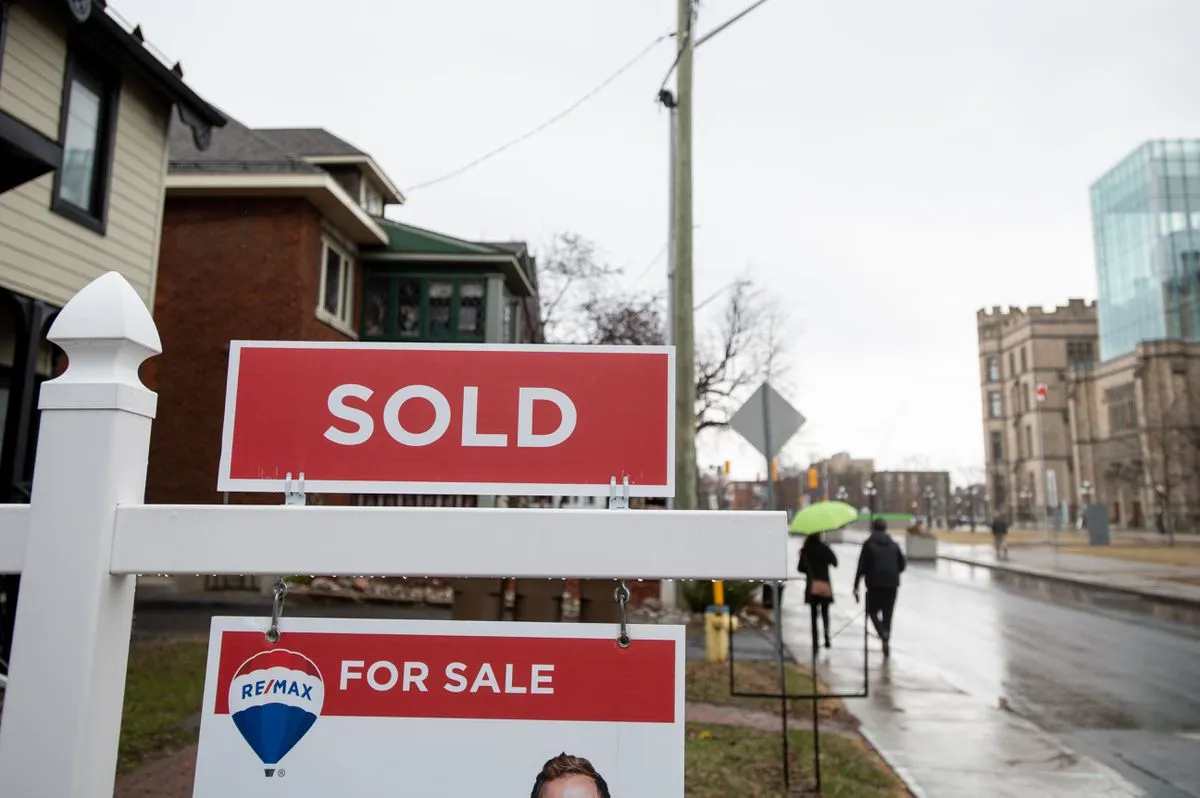The guy who runs Generation Squeeze says building more homes isn’t enough to lower prices, because most people buying houses are already property owners. Property owners can either sell their current house to get a load of cash, or borrow against it to get a load of cash. Either way, they can pay a lot for their next property.
As evidence, he mentions that Alberta has less supply per capita than the rest of the country, but house prices are half those of Ontario and BC.
Here are the good bits:
While building more supply is absolutely important, setting ambitious targets does little good if property values continue to rise. Unless they are deeply subsidized by tax dollars, new market units will price in today’s high land values – which have soared well beyond what most can afford with local earnings whether the new homes are intended for renters or owners.
Plus all the focus on “Build! Build! Build” ignores that lack of supply isn’t the only, or even primary, factor influencing the price of rent and ownership. You could be forgiven for thinking otherwise, since undersupply has become the dominant narrative shared by Canada Mortgage and Housing Corp. and a variety of financial institutions.
The Bank of Nova Scotia, for instance, published reports lamenting that Canada has a smaller number of private dwellings per capita than the G7 average, blaming this ranking for much of our unaffordability problem. This leap in logic begs questions, since the same Scotiabank data also show that Alberta has lower levels of housing supply per capita than most other provinces, yet home prices in Alberta are about half as expensive as those in Ontario and B.C.
…
Mr. Pomeroy [who published a study about this stuff] encourages us all to widen our focus to include the vicious cycle by which rising home prices drive rising home prices.
First-time homebuyers are a minority of purchasers. They compete with many Canadian buyers who have already owned in the market. Bolstered by the equity they’ve gained from surging home values, existing homeowners bid up the price of housing to levels that are disconnected from earnings paid by local jobs. This was especially true prior to recent interest-rate hikes, because historically low interest rates made it cheap for homeowners to liquefy wealth windfalls created by skyrocketing home values.
Some homeowners bid up the price of housing simply to relocate. Others do so to purchase an investment property in search of additional wealth windfalls.
The latter are among the one in six Canadian homeowners who own multiple properties. Most are over the age of 55. To pay the mortgages on their investment properties, they increasingly collect rent from younger residents with dashed dreams that a good home should be in reach for what hard work can earn.
This reveals that the vicious cycle by which those enriched by high home values bid housing costs ever higher isn’t just ruining the market for aspiring owners. It is also breaking the rental market, as confirmed by the record-high rents reported this summer.
To disrupt this vicious cycle, political leaders must help break Canada’s cultural addiction to rising home prices by endorsing the plan that governments will use all available policy tools to stall home prices for the foreseeable future.



Housing is considered affordable if it’s repayments and maintenance is 30% of your income.
So a median income in your area should see a median house price at around that. I did a bit of maths and it’s around a 4x multiplier given current interest rates in my area.
Also consider that everyone needs a home, so median is not the cheapest available.
In my suburb the multiplier last year was 7.5x, and I just did a check and the cheapest available housing listed is 6.5x
So you are totally right, there needs to be a massive shift